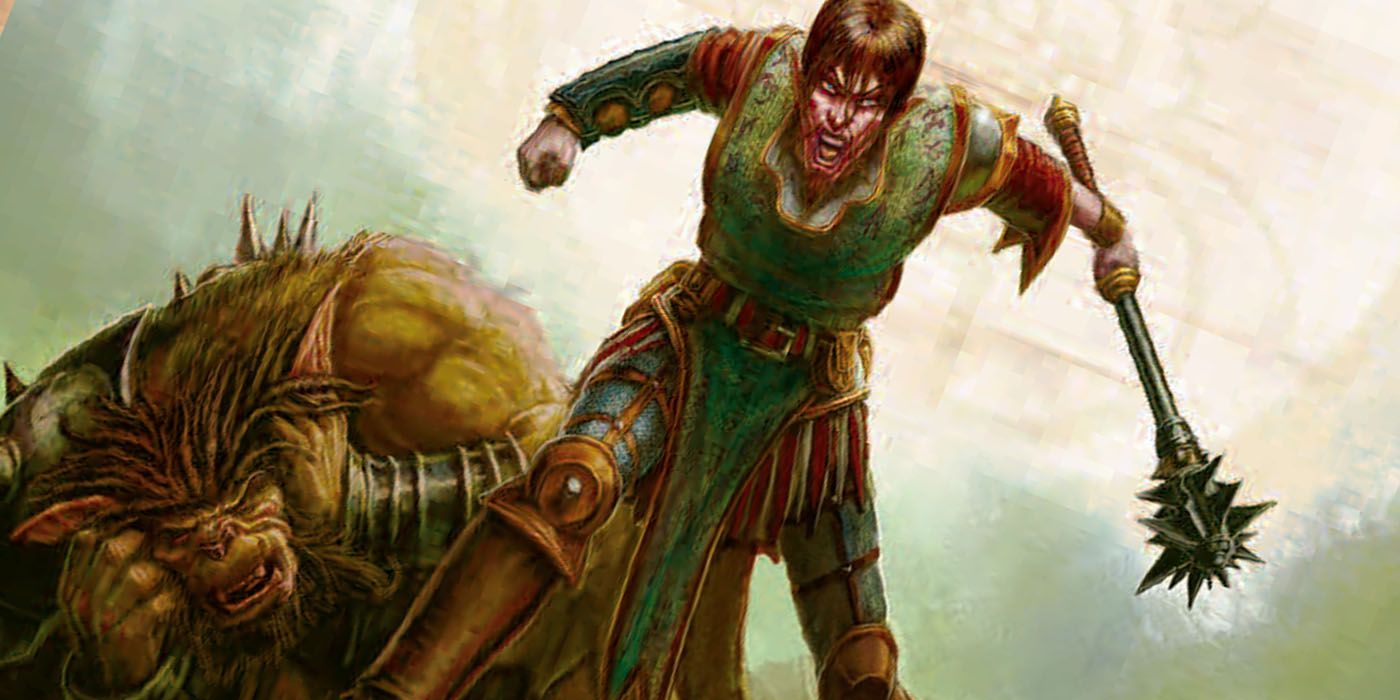In Dungeons & Dragons 5th Edition, spells can define the way characters interact with the world and shape combat in creative ways. Among these sp
In Dungeons & Dragons 5th Edition, spells can define the way characters interact with the world and shape combat in creative ways. Among these spells, Dissonant Whispers 5e stands out as an effective and flavorful 1st-level enchantment that combines psychic damage with forced movement — a rare and potent combination for low-level spellcasters. It not only harms foes but also causes them to flee, creating openings for your allies.
This article will provide a detailed breakdown of Dissonant Whispers, including its mechanics, tactical uses, class synergies, roleplaying ideas, and common questions. Whether you’re a player or DM, you’ll find plenty of insight into making the most of this versatile spell.
What is Dissonant Whispers?
Dissonant Whispers 5e is a 1st-level spell found in the Player’s Handbook available to bards, warlocks, sorcerers, and wizards. It targets a single creature within 60 feet and forces it to make a Wisdom saving throw. On failure, the creature takes psychic damage and must immediately use its reaction to move as far away from the caster as possible, provoking opportunity attacks. On a success, it takes half damage and doesn’t move.
Spell Details
- Level: 1st
- School: Enchantment
- Casting Time: 1 action
- Range: 60 feet
- Components: Verbal only
- Duration: Instantaneous
- Damage: 3d6 psychic (increases by 1d6 per spell slot level above 1st)
Why Use Dissonant Whispers?
1. Psychic Damage is Rarely Resisted
Psychic damage is uncommon and usually bypasses most resistances and immunities. This makes Dissonant Whispers a reliable damage option against a wide range of creatures, especially those immune or resistant to elemental damage.
2. Forced Movement Disrupts Enemy Plans
The forced movement compels the target to flee, breaking up enemy formations, disrupting melee threats, and forcing foes to provoke opportunity attacks if they move out of allies’ reach. This adds a powerful tactical dimension beyond simple damage.
3. Requires No Material Components
The verbal-only component allows casting even when hands are bound or occupied, adding flexibility in tricky situations.
How to Use Dissonant Whispers Effectively
Target Selection
Focus on enemies with low Wisdom saves who pose a direct threat. This includes:
- Melee brutes who want to close in on squishy party members.
- Spellcasters or archers in the backline that you want to disrupt.
- Enemies clustered together, where forcing one to flee can create chaos.

Positioning
Casting from a safe distance (60 feet) helps you avoid retaliation. Position allies so they can capitalize on opportunity attacks when enemies are forced to move.
Combining with Other Effects
- Pair with crowd control spells like Faerie Fire to grant advantage on saving throws.
- Coordinate with melee allies to maximize damage during opportunity attacks.
- Use metamagic (Twinned Spell) as a sorcerer to affect multiple targets.
Class Synergies
Bard
Bards benefit from Dissonant Whispers’ thematic fit with their musical and psychic prowess. The College of Lore’s magical secrets can expand your spell list to complement Dissonant Whispers.
Warlock
Warlocks can use Dissonant Whispers as a reliable, thematic psychic attack, especially those with the Archfey or Great Old One patrons. Short rest spell slot recovery enhances its frequent use.
Sorcerer
Sorcerers can manipulate the spell with metamagic, using Twinned Spell or Quickened Spell for extra flexibility and efficiency.
Wizard
Though less common, wizards specializing in enchantment or illusion magic can employ Dissonant Whispers for battlefield control and damage.
Roleplaying Ideas for Dissonant Whispers
The spell can be flavored in many ways:
- A bard’s haunting, discordant melody heard only by the target.
- A warlock’s eldritch, otherworldly whisper that unsettles minds.
- A sorcerer’s psychic echo that breaks concentration and sanity.
In social settings, you might use the spell’s unsettling nature to intimidate or mentally manipulate NPCs — with DM permission, of course.
Limitations and Things to Watch For
- Requires the target to hear the whisper — deaf or unaware creatures aren’t affected.
- The target must have a reaction available or it won’t move.
- Some creatures have immunity or resistance to psychic damage.
- High Wisdom save creatures are more likely to resist.
- The spell affects only one target unless modified by metamagic.
Example Combat Scenario
During a dungeon fight, the party’s wizard faces a powerful orc berserker charging the rogue. The wizard casts Dissonant Whispers, the orc fails its save, takes psychic damage, and immediately uses its reaction to flee, provoking an opportunity attack from the rogue’s shortsword. The orc’s charge breaks, and the party gains control of the battlefield.
Frequently Asked Questions (FAQs)
Q1: Can Dissonant Whispers target multiple creatures?
No, by default it targets one creature. However, sorcerers can use the Twinned Spell metamagic to affect two targets simultaneously.
Q2: Does the forced movement count as forced movement or voluntary?
It forces the target to use its own movement, so it is considered voluntary movement for the purpose of triggering effects like opportunity attacks.
Q3: Can the target move through difficult terrain when fleeing?
Yes, but difficult terrain halves the movement speed, so the target moves as far as its movement allows.
Q4: What happens if the target has no reaction or is restrained?
If the target has no reaction available or cannot move (grappled, restrained), it still takes damage but does not move.
Q5: Does Dissonant Whispers work on unconscious or deaf creatures?
No. The target must be able to hear the whisper and be conscious.
Q6: Is Dissonant Whispers affected by counterspell?
Yes. Since it’s a spell, it can be countered by counterspell or similar magic.
Q7: Can Dissonant Whispers be used outside combat?
Yes. The spell’s mental effect can be used creatively to intimidate or manipulate NPCs with the DM’s approval.
Final Thoughts
Dissonant Whispers is an elegant and powerful 1st-level spell that combines psychic damage with battlefield control, offering both thematic and tactical advantages. Its ability to disrupt enemy positioning while dealing damage makes it an excellent choice for many spellcasters, especially those looking to control the flow of combat with finesse.
Mastering Dissonant Whispers means understanding when to target, how to position, and how to maximize opportunity attacks from your party. Paired with creative roleplay, it enriches both combat and narrative, making your character’s magic memorable and effective.
Whether you are a bard weaving unsettling tunes, a warlock whispering eldritch horrors, a sorcerer manipulating psychic energies, or a wizard manipulating minds, Dissonant Whispers can be a versatile and rewarding spell in your 5e toolkit.
Must Visit: quickcashhub

COMMENTS